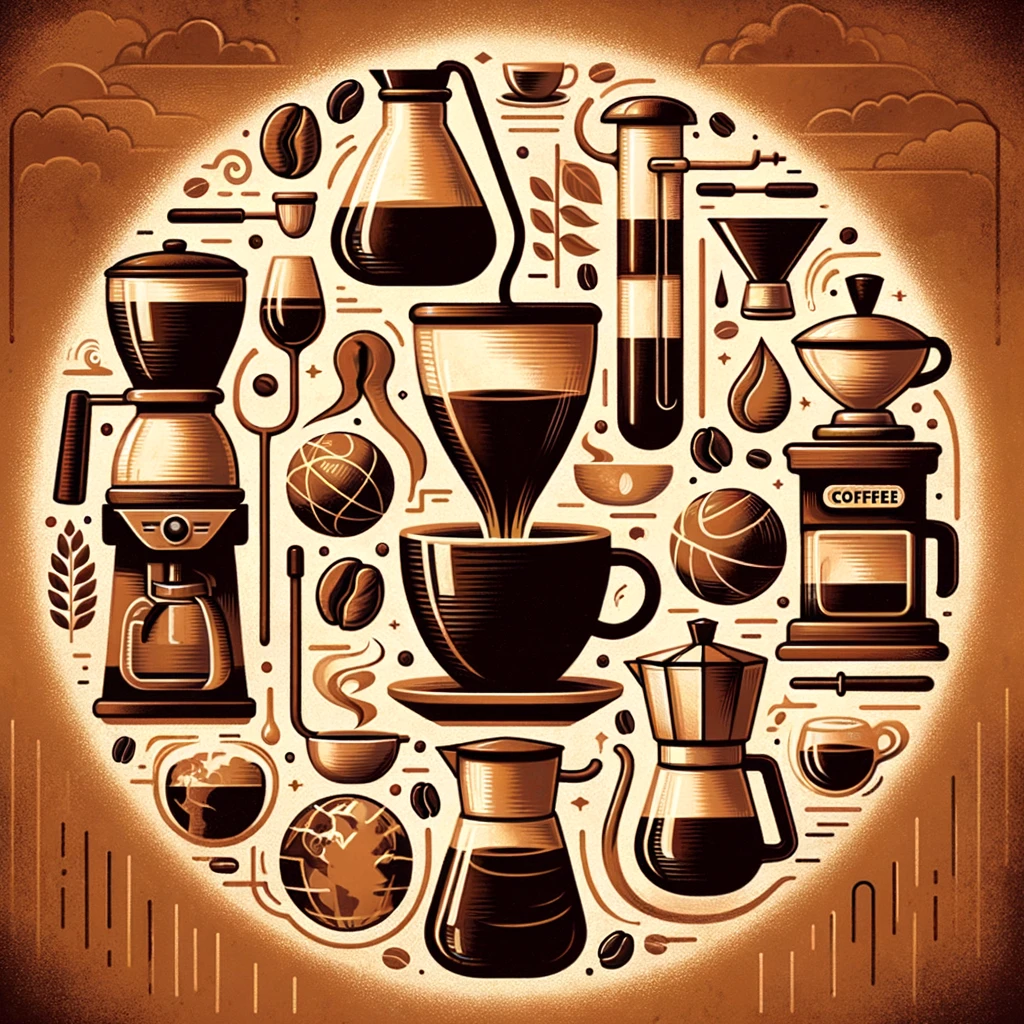
How to Brew the Perfect Cup
Coffee is celebrated worldwide for its rich flavors and health giving properties, and also for the myriad of ways it can be brewed. Each brewing method extracts flavors from coffee beans differently, resulting in varying and unique aroma and taste profiles.
Here is a step by step comprehensive guide to the different and optimal ways to brew the perfect cup of coffee. Always begin with freshly roasted beans, the flavor, and full spectrum of bio-active nutrients are closely related to the quality and freshness of the coffee beans you choose to brew your perfect cup of coffee.
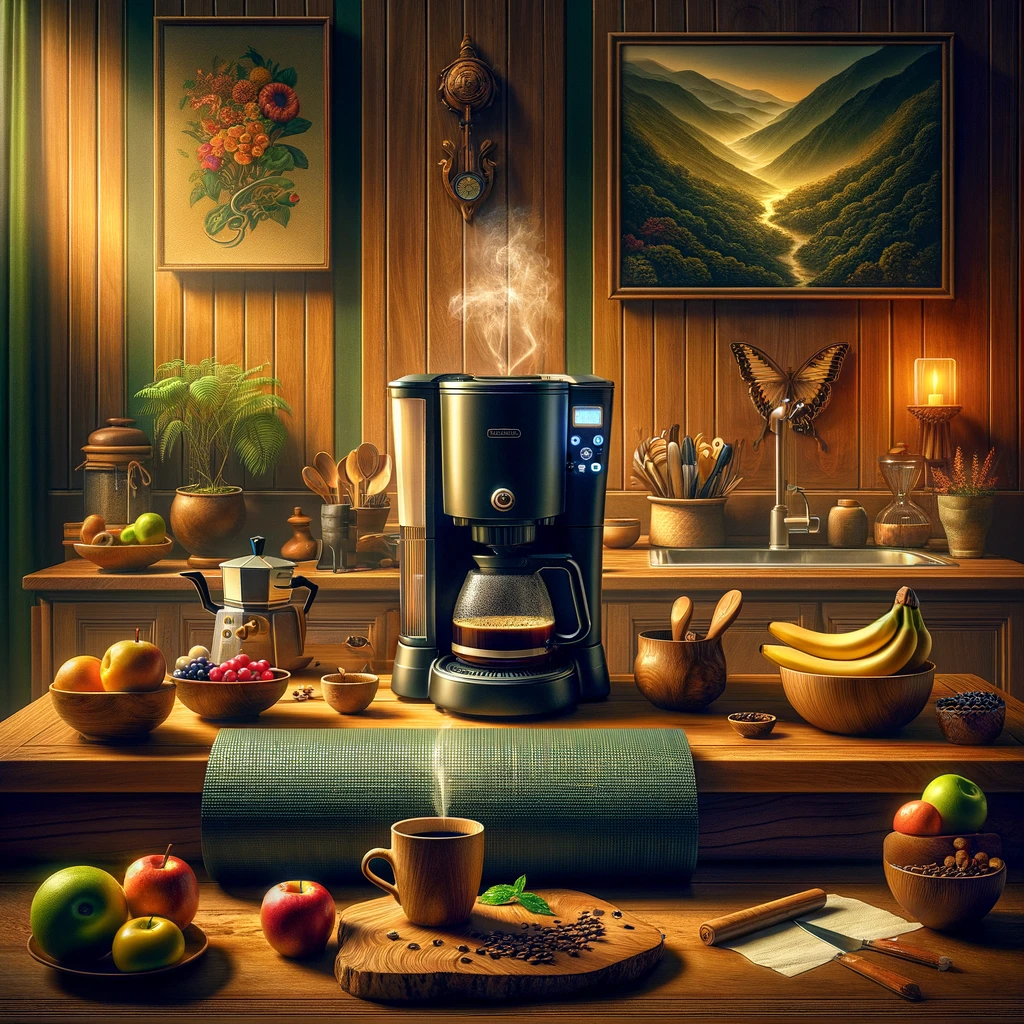
Drip Coffee Maker
Water is heated and then dripped over a filter containing ground coffee. The hot water extracts flavors from the grounds as it passes through, dripping into a carafe below.
Grind of Coffee Beans
A medium grind is ideal for drip coffee makers. Always use fresh high quality coffee beans for the best flavors and aroma.
Measure Your Coffee
The general recommendation is 1 to 2 tablespoons of coffee grounds for every six ounces of water. However, you can adjust this ratio based on your taste preference. If your tap water has impurities or a strong taste, consider using filtered water.The water should be cold when added to the coffee maker's reservoir.
Pre-wet the Coffee Filter (if using a paper filter)
This removes any potential papery taste and ensures that the coffee grounds are evenly saturated. Simply pour some hot water through the filter and discard the water.
Add Coffee Grounds to the Filter
Ensure the grounds are evenly spread in the filter basket. This promotes even extraction and avoids over or under-extraction in certain areas.
Start the Brew Cycle
Ensure the carafe is correctly positioned and start the machine. Some advanced coffee makers come with a "bloom" or "pre-infusion" setting. This pre-wets the grounds, allowing them to degas and ensuring optimal extraction. If your machine has this feature, use it.
Relax and wait
Let the coffee maker do its job. Resist the temptation to remove the carafe before the brewing cycle is complete, as this can lead to uneven extraction.
Serve Immediately
Coffee tastes best when it's freshly brewed. If you're not drinking it right away, consider transferring it to a thermal carafe to keep it warm without overcooking it on the coffee maker's heating plate.
Clean Your Coffee Maker Regularly
Over time, coffee oils can build up in the machine, affecting the taste. Regularly descale and clean your coffee maker to maintain optimal performance and flavor.
Tips
While drip coffee makers are designed for convenience, using freshly roasted and freshly ground beans can significantly elevate the quality of your brew. Experiment with different beans, grind sizes, and water-to-coffee ratios to find the combination that suits your palate best.
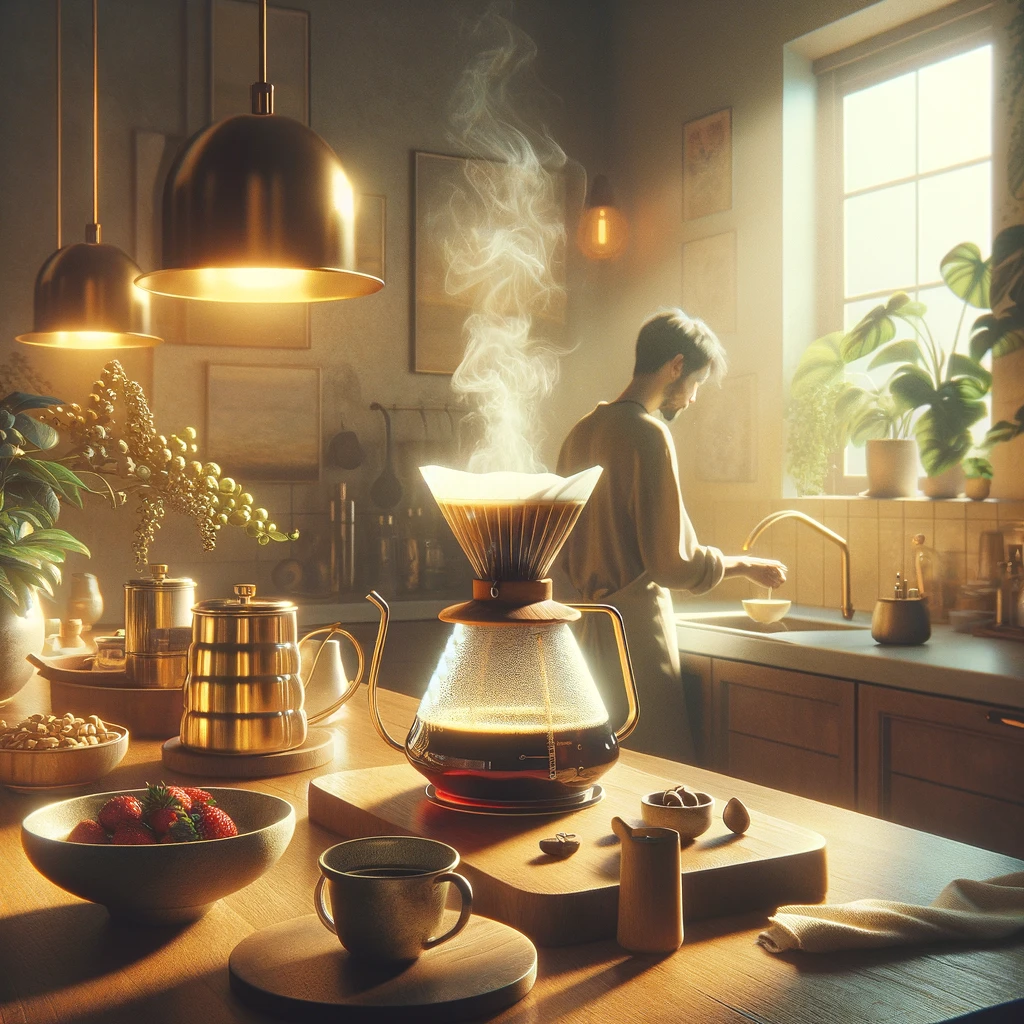
Pour-Over Coffee
Celebrated for the control it offers over brewing variables, pour over coffee is renowned for its clean and clear flavor profile. Hot water is manually poured over coffee grounds in a circular motion. The water then travels through the coffee and a filter before dripping into a vessel
below.
Grind of Coffee Beans
Aim for a medium grind, similar to the texture of sea salt. Too fine, and the coffee can over-extract, becoming bitter. Too coarse, and it may under-extract, leading to a weak flavor.
Measure Coffee and Water
A general rule of thumb is 1 to 2 tablespoons of coffee grounds for every six ounces of water, but you can adjust to taste. Wet the filter with hot water to remove any papery taste and preheat your coffee vessel. Discard the water used for rinsing. Place the filter in your drip cone or coffee maker.
Brew
Pour the ground coffee into the wet filter. Begin pouring a small amount of hot water in a spiral motion, starting from the center and working your way outwards. This step, often referred to as the "bloom," allows the coffee to degas and ensures even saturation. After 30 seconds, continue pouring the remaining water in stages, maintaining a steady and slow pour to ensure even extraction.
Serve and Enjoy
Once the dripping stops, remove the filter. Give the coffee a quick stir to ensure uniformity in flavor and temperature. Pour into your favorite mug, and savor the nuanced flavors of your freshly brewed filtered coffee.
Tips
Always store coffee beans in an airtight container in a cool, dark place to maintain freshness. Clean
your equipment regularly to avoid any buildup or old coffee residue, which can affect taste. Experiment with the coffee-to-water ratio, grind size, and pouring technique to find the perfect brew tailored to your preferences. By following these steps and paying attention to the details, you can master the art of making delicious filtered coffee.
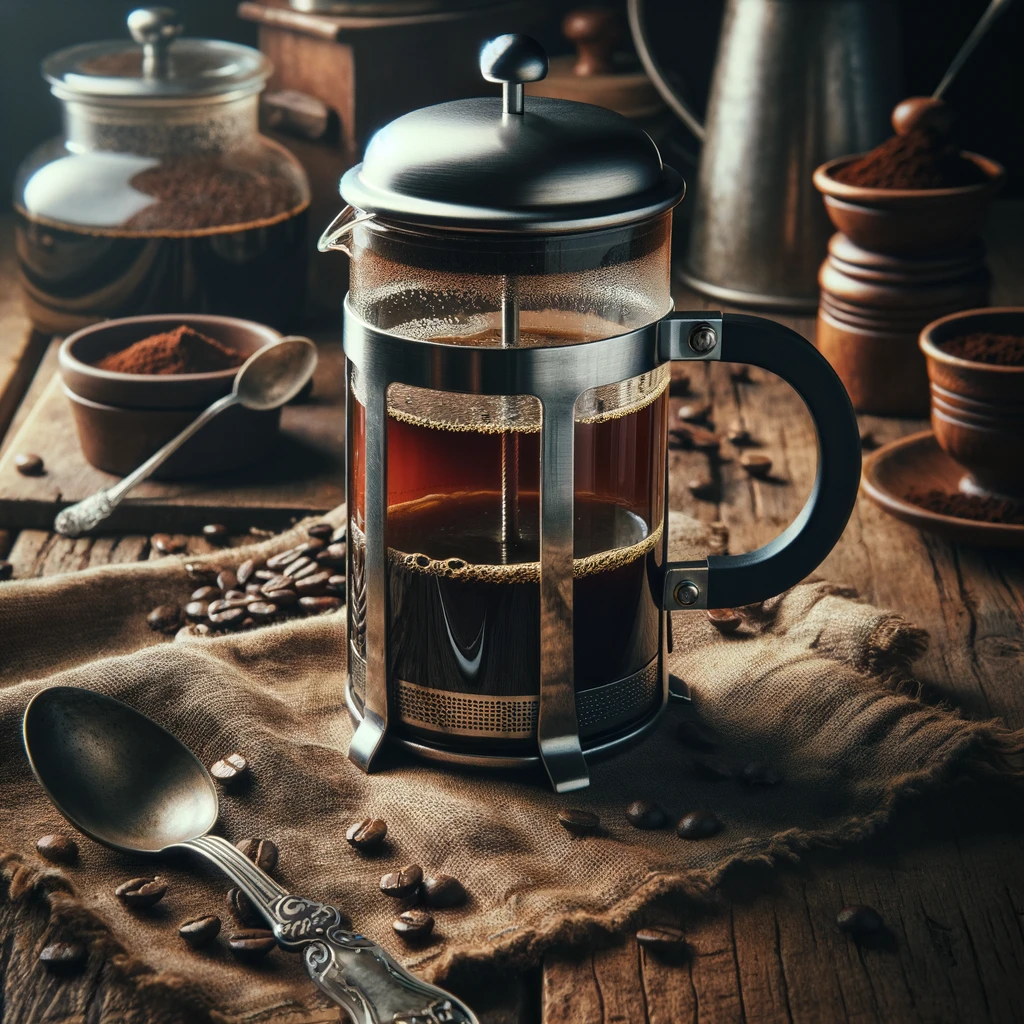
French Press
Known for producing a robust and full-bodied cup of coffee. It allows more of the coffee oils to remain in the final drink.
How use a French Press
The French Press, also known as a press pot or plunger pot, is celebrated for its ability to make a full-bodied and aromatic coffee. The method allows more of the coffee's natural oils to remain in the final cup, resulting in a richer taste. Here's how to master the French Press brewing method. Coffee grounds are added to a pot, followed by hot water. After steeping for several minutes, a plunger with a mesh sieve is pressed down, separating the grounds from the liquid.
Select Quality Coffee Beans
Opt for freshly roasted beans to get the most flavor out of your brew. Beans with a medium to dark roast profile are often preferred for the French Press due to their robust flavors. A consistent coarse grind ensures that the coffee doesn't pass through the mesh filter and end up in your cup.
Measure Your Coffee and Water
A common ratio is 1 to 2 tablespoons of coffee grounds for every six ounces of water. Adjust according to your taste preference.
Heat the Water
Bring water to a boil and then let it cool for about 30 seconds. The ideal temperature is between 195°F to 205°F (90°C to 96°C)
Preheat the French Press
Pour some hot water into the empty French Press to warm it up. Swirl it around and then discard the water. This ensures that the coffee maintains a consistent temperature during brewing.
Add Coffee Grounds
Place the coarsely ground coffee beans into the bottom of the French Press.
Pour in the Hot Water
Add the hot water evenly over the coffee grounds. Ensure all the grounds are saturated.Give it a gentle stir with a wooden or plastic spoon to ensure even extraction.
Place the Lid and Let it Brew
Put the lid on the French Press with the plunger pulled all the way up. Let the coffee steep for 4 minutes. Adjust the time based on your flavor preference – shorter for a lighter brew, longer for a stronger brew.
Press Down Slowly
After the brewing time has elapsed, slowly and steadily press down the plunger. Apply even pressure.
Serve Immediately
Pour the coffee into your cup as soon as you've plunged to prevent over-extraction. The longer the coffee sits with the grounds, the stronger and possibly more bitter it will become.
Clean Your French Press
After brewing, discard the grounds (they can be composted) and rinse the French Press thoroughly. Every few uses, do a deeper clean, ensuring to remove any coffee oil residues from the mesh filter and glass container.
Tips
Experiment with different coffee-to-water ratios, grind sizes, and brew times to find your perfect cup. Avoid using a metal spoon to stir as it can crack the glass. Some enthusiasts add a pinch of salt to the grounds before brewing to enhance flavor and reduce bitterness. By following these steps and paying attention to detail, you'll be able to brew a delightful cup of coffee using a French Press.
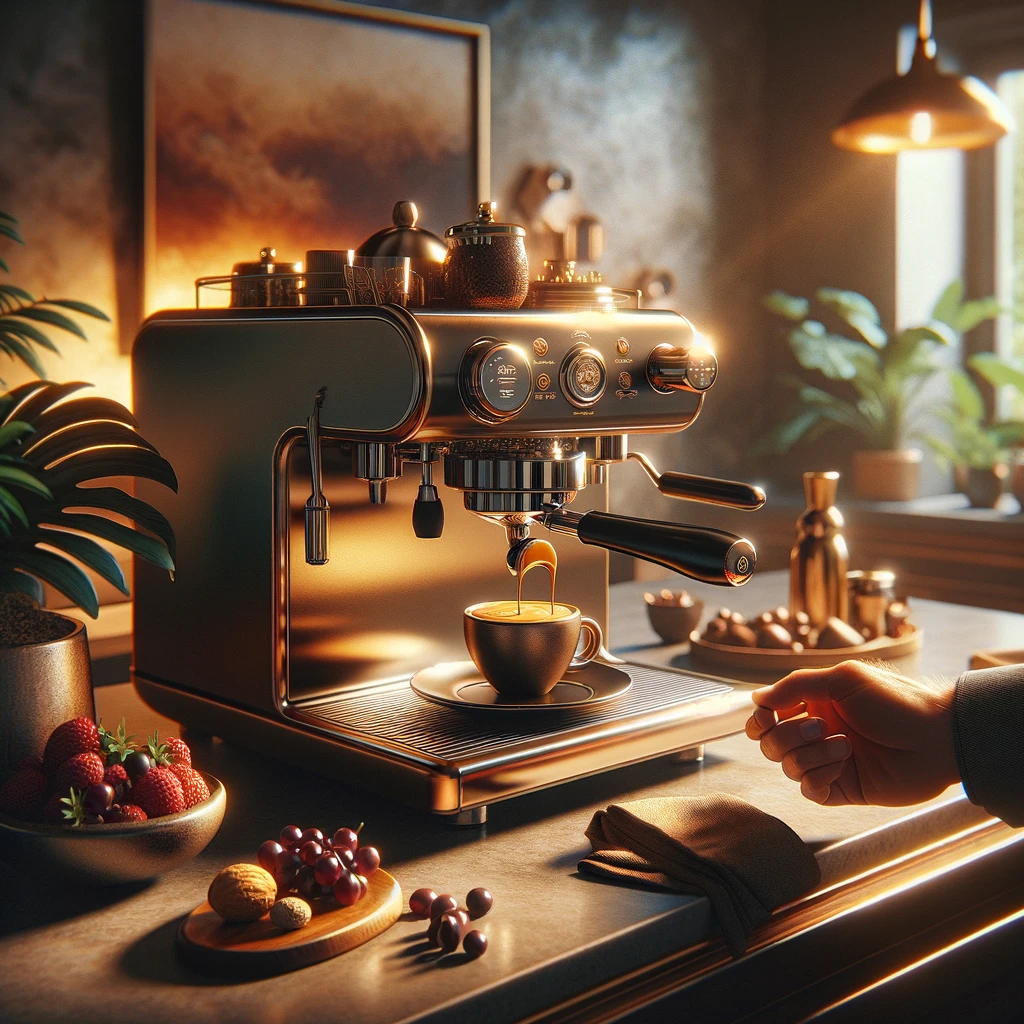
Espresso Machine
Espresso machines make a concentrated coffee shot that serves as the base for many popular drinks like lattes, cappuccinos, and Americanos. Forces hot water under high pressure through finely-ground coffee. This method extracts a lot of flavors in a short amount of time.
Making Coffee with an Espresso Machine: A Step-by-Step Guide
When made correctly, espresso offers a rich and robust flavor, accompanied by a creamy layer of crema on top. Here's how to perfect the art of making coffee with an espresso machine.
Choose Quality Coffee Beans
Choose high quality freshly roasted coffee beans, medium-dark or dark beans are great choices for making a delicious shot of gourmet espressos.
Grind the Beans
The grind size for espresso is fine, resembling table salt. A consistent grind is crucial to achieve even extraction.
Amount of Coffee
Typically, a single shot of espresso requires 4 Tsp (18-20 grams) of coffee, while a double shot requires just under 3 Tbl (36-40 grams). This can vary based on machine and personal preference.
Preheat the Espresso Machine
Ensure the machine is fully heated before you start brewing. This includes the group head and portafilter. Some machines have a built-in preheating cycle.
Distribute and Tamp
Once you've added the ground coffee to the portafilter, distribute it evenly with your finger or a distribution tool. Tamp the coffee grounds with a tamper, applying even and firm pressure to create a flat and smooth surface. This ensures uniform water flow through the coffee puck.
Lock in the Portafilter and Start Brewing
Insert the portafilter into the machine's group head and start the shot.The ideal extraction time for a standard espresso shot is between 25-30 seconds.
Monitor the Extraction
The espresso should start with a slow drip, turning into a steady flow with a rich, golden-brown crema on top. If the flow is too fast, the grind may be too coarse. If it's too slow, the grind may be too fine.
Serve Immediately
Espresso is best enjoyed immediately after brewing while the flavors are intense and the crema is still intact.
Clean Machine
After each shot, clean the portafilter and group head with a damp cloth to remove any coffee residues. Periodically backflush the machine if it has this capability. Regular maintenance and descaling are essential to keep the machine in optimal working condition and prolong its lifespan.
Tips
Adjust variables like grind size, dose, and extraction time based on taste. If the espresso tastes sour, it may be under-extracted. If it's bitter, it might be over-extracted. Ensure the machine's pressure and
temperature settings are appropriate. Most machines aim for a pressure of 9 bars and a temperature of around 200°F (93°C). Mastering the espresso machine takes practice, but with attention to detail and a willingness to experiment, you can achieve a barista-level shot right at home.
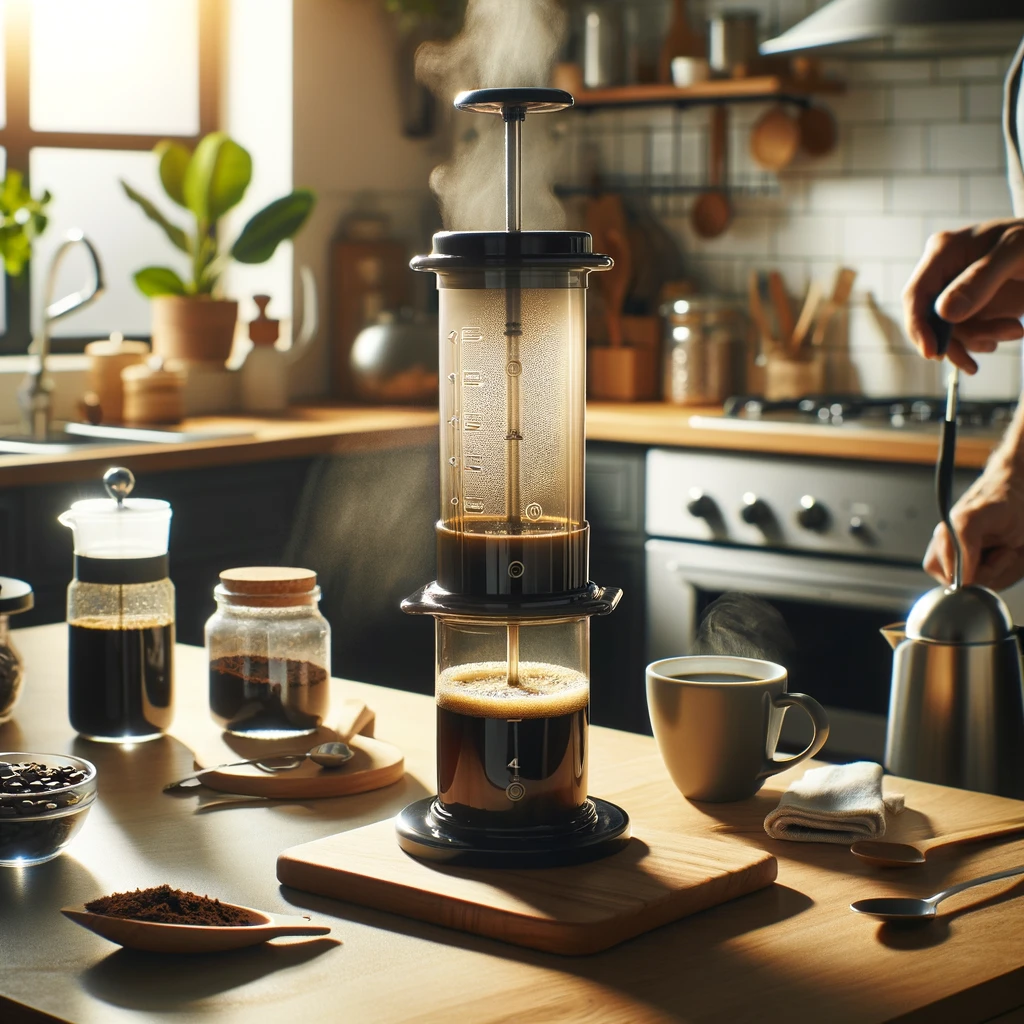
Aeropress
A portable brewing device known for its fast brewing time and the ability to make a smooth, rich coffee with lower acidity. Similar to a French Press but uses air pressure to push water through coffee grounds. The result is a concentrated coffee that can be diluted or enjoyed as is.
Making Coffee with an AeroPress
The AeroPress is a versatile and portable coffee brewing device that's become increasingly popular among coffee enthusiasts and professionals alike. It's known for producing a smooth, rich brew with low acidity in a short amount of time. Here's how to optimize your AeroPress brewing method.
Select Quality Coffee Beans
Choose freshly roasted beans for the best flavor. Beans of various roast profiles can be used with the AeroPress, so experiment to find your preference. A medium to fine grind is ideal and as always use fresh roasted high quality coffee beans.
Measure Your Coffee and Water
A common ratio is 1 Tbsp of fresh roasted coffee beans and 8 oz of water.This can be adjusted based on your taste preference.
Heat the Water
The optimal temperature is between 175°F to 195°F (80°C to 90°C). If you don't have a thermometer, bring water to a boil and let it cool for about a minute.
Pre-wet the Filter
Place a paper filter in the AeroPress cap and rinse it with hot water. This removes any paper taste and helps to seal the filter in place.
Assemble the AeroPress
There are two primary methods: the standard method (with the numbers facing up) and the inverted method (with the plunger at the bottom and numbers facing down). The inverted method allows for longer immersion and can yield a stronger brew.
Add Coffee Grounds
Place the AeroPress on a scale and add the coffee grounds.Ensure the coffee bed is level for even extraction.
Pour in the Water
Start by pouring a small amount of water to wet the grounds, allowing them to bloom for about 30 seconds.Then, pour in the remaining water steadily, ensuring all the grounds are saturated.
Stir and Brew
Give the coffee a gentle stir with the AeroPress paddle or a spoon. For the standard method, let it steep for about 1 minute. For the inverted method, 1 to 2 minutes is common. Adjust based on your taste preference.
Press
Attach the cap with the pre-wet filter.Apply steady pressure to plunge the AeroPress. The pressing should take about 20-30 seconds. If it's too easy, your grind might be too coarse. If it's too hard, your grind might be too fine.
Serve and Enjoy
The resulting brew will be concentrated. You can enjoy it as is, or add more hot water to make an Americano-style coffee.
Clean Up
The AeroPress is easy to clean. Simply remove the cap, push the plunger to eject the coffee puck, and rinse all parts with water.
Tips
Experiment with different coffee-to-water ratios, grind sizes, and brew times to find your perfect cup.Some enthusiasts like to use two paper filters or a metal filter for a different flavor profile. The AeroPress is great for making cold brew coffee as well. Simply use cold water, extend the steeping time, and press over ice.The AeroPress is a versatile tool that allows for a lot of experimentation. By following this guide and adjusting based on your preferences, you can achieve a delicious cup of coffee in minutes.
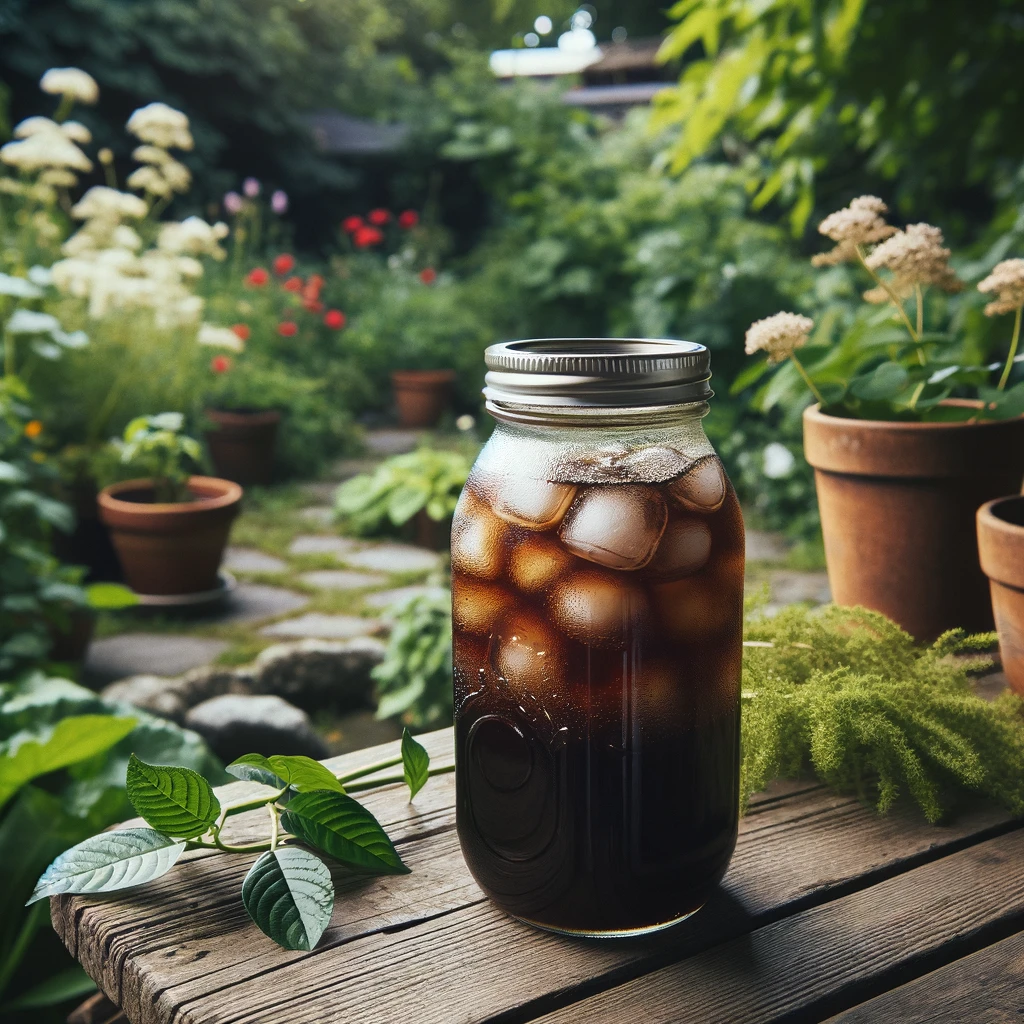
Cold Brew
A method that brews coffee with cold water over an extended period, resulting in a smooth and sweet flavor profile, often less acidic than hot brews.
How to Make Cold Brew Coffee
Coarse coffee grounds are steeped in cold water for 12-24 hours. The mixture is then filtered to yield a concentrated coffee that can be diluted with water or milk.
A ratio of 1:8 of coffee to water will produce a nice coffee ready to drink after around 24 hours at a coarse grind. Another option is to create a much stronger cold brew (named cold brew concentrate), by using a ratio anywhere from 1 part coffee to 4 parts water, up to around 1 part coffee to 2 parts water, you can then dilute the concentrate with milk or water.
